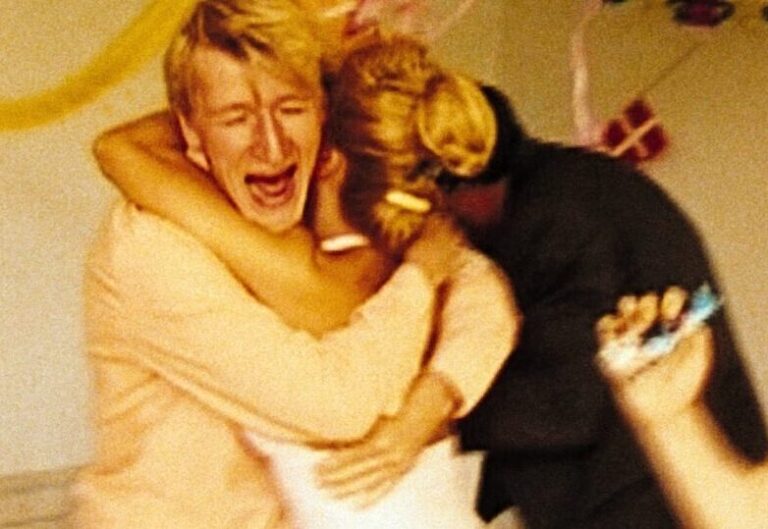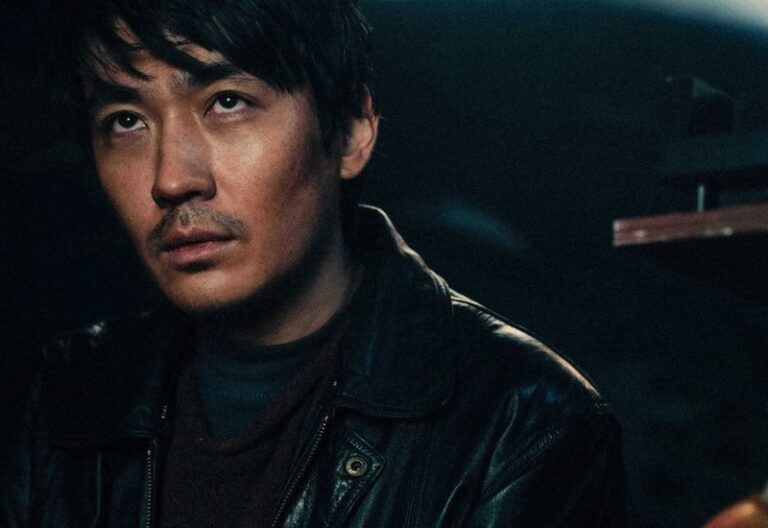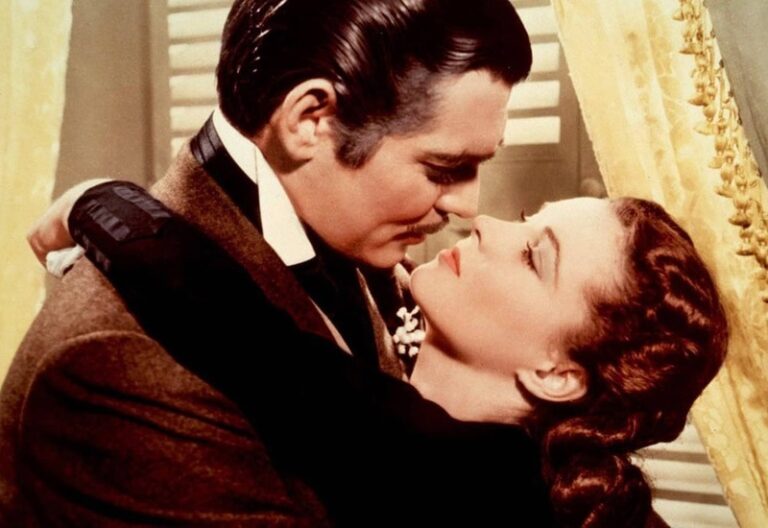touch of evil review
film by Orson Welles (1958)
After Orson Welles finished shooting “Touch of Evil,” he spent a few months editing a rough cut and left it to Universal Studios, resulting in re-shoots he did not direct and a re-cut he did not approve. As a result, Welles wrote the now-famous 58-page memo to Universal’s head of production. The memo meticulously goes through the film shot by shot, scene by scene, suggesting changes aligned with Welles’s vision and improvements upon the film, most of which went unaltered.
Review by: Aaron Jones | Filed Under: Film Reviews
March 22, 2024
Released in 1958 in its re-cut form as a B-movie and the bottom bill of a double feature, it was received with much higher regard in Europe, winning Best Film at the 1958 Brussels World Fair. However, in the US, it became the nail in the coffin of Welles’s relationship with Hollywood, serving as the last film he would make in Hollywood’s studio system.
Forty years later, the film found its way back into theaters, this time restored and re-edited with reference to the meticulous details of Welles’s memo, which was intended to work like step-by-step stereo instructions for whomever Welles hoped would grant his wishes since he was barred from the editing process at Universal. Now clocking in at 111 minutes as opposed to its original theatrical release with the re-shoots running just over 90 minutes, it is as close as we will ever get to Welles’s original version thanks to his attention to detail, artistic vision, and enthusiasm for his craft.
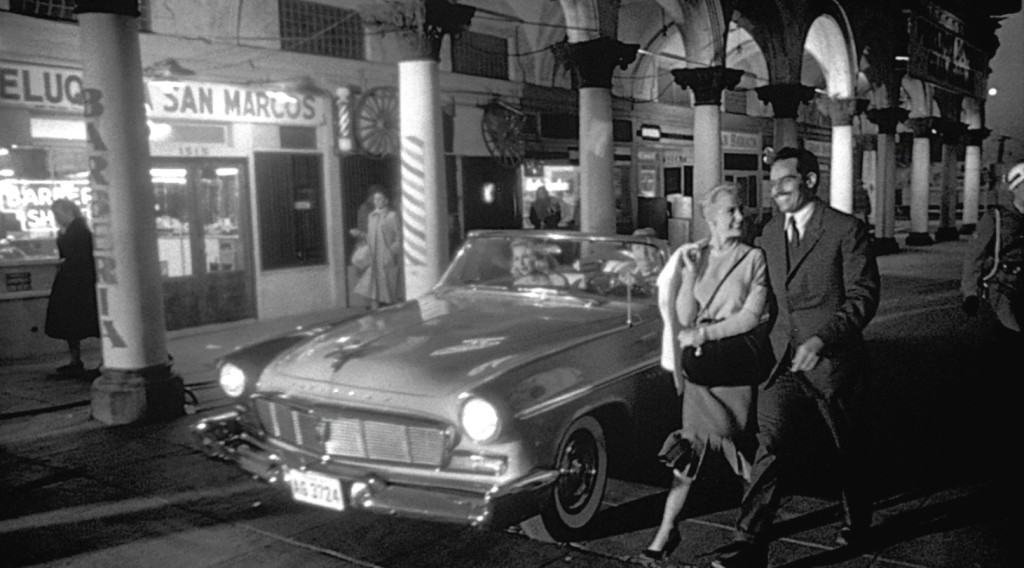
From the first scene, we are immediately aware of the precise cinema language the film constructs with an opening tracking shot of the newlyweds walking through a border town filled with organic soundscapes and music, conveying the city ambiance and nightlife with incredible naturalistic flow that begins with the introduction of the car bomb being set at 3:30, the exact runtime of the entire opening shot.
Miguel Vargas, a Mexican narcotics agent played by Charlton Heston in a cringe-worthy representation of a Mexican national (in brownface with a barely perceivable accent), is enjoying his honeymoon with his wife Susan Vargas (Janet Leigh) on the US/Mexico border when a car bomb goes off, blowing up its 2 passengers just yards from the newlyweds.
This begins a 24-hour period with a cacophony of subplots and intrigue involving organized crime and a police investigation headed by police Captain Hank Quinlan, whose demanding presence is played by none other than an all-encompassing prosthetically altered Orson Welles. Vargas forces himself upon Welles’s investigation in what formulates into a conflict of interest as 2 men engage in a battle of ethics and ideologies, each strengthened by their tenacious ambitions to achieve what they see as justice.
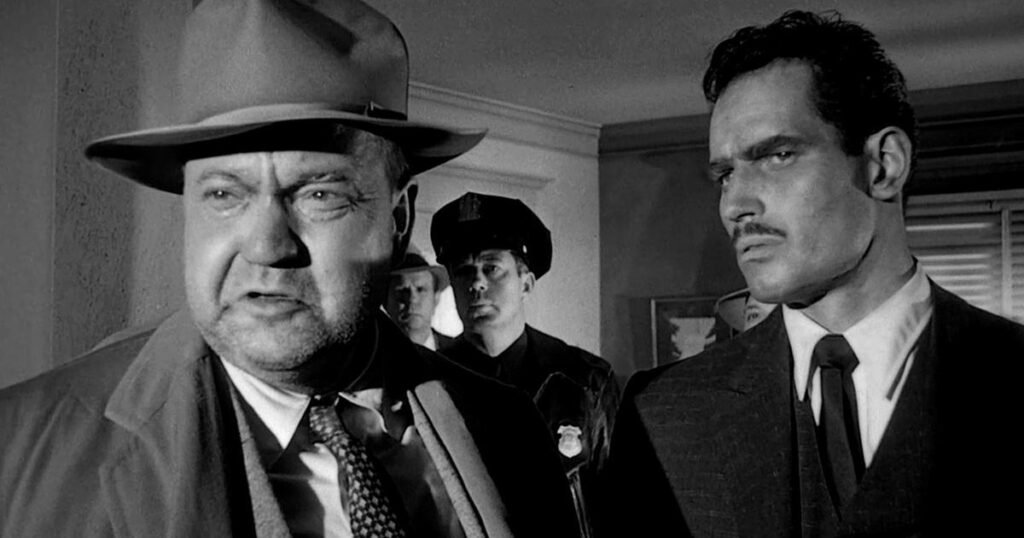
Vargas, who represents righteousness, ethics, virtue, and respectability, embodies an upright, ambitious, and respectable beacon of light. Yet he constantly abandons his wife, leaving her in ever-increasing vulnerable situations. The bigoted Quinlan, who is overweight and physically impaired due to one having only 1 leg, is a sardonically and lackadaisical jaded, corrupt man who’s been soured by life’s mishaps, besotted with alcohol, and his morbid occupation, which represents despair and darkness. Despite his revolting nature, Quilan is still much admired by those who know him more intimately, quietly suggesting there is more to both men that could sway in the opposite direction of the film’s current.
Though polar opposites, they each represent flawed characteristics we all possess, suggesting no one person is the sum of their worst or best behaviors. Rather, we all exist in gray areas with myriad complexities that are not as simple as black and white, good and evil, or shadow and light.
Throughout its entirety, the film proceeds to take us through back alleys, brothels, safehouses, fortune tellers, and nightclubs. These locations are filled with cameos of lush and innumerable characters that pierce our memory and have made their home in this eclectic border town of shadows and light, symbolizing contrasts between the conflicts brought to life – on screen.
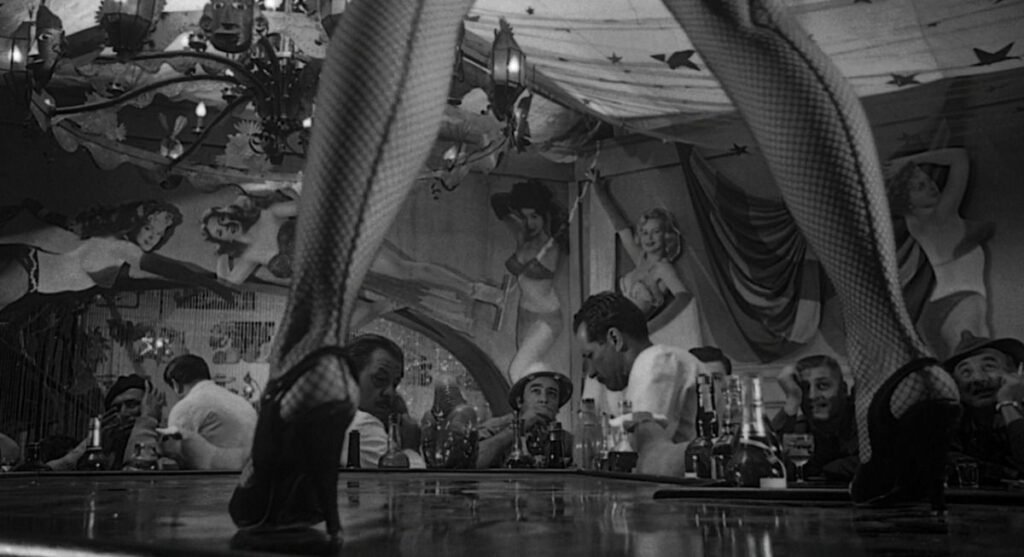
Seen through the lens of the unforgettable cinematography of Russell Metty, whose claustrophobic close-ups, low-angled shots, and long shadows infuse the film with a sinister beguilement of fraught tension and despair. The acting carries it to a further crescendo of excellence, adding another dynamic layer to its rich palette of well-crafted visionary excellence and supplementing this intriguing film with a tone that is just as enriching as its thematic grammar.
Through my admiration of its technical achievements, I kept recognizing similarities with another one of my favorite films, “American Graffiti,” particularly the audio. Hollywood’s newfound realism was discovered through the American New Wave movement and its up-and-coming auteurs who would systematically reinvent modern cinema as it was entering a new age and ultimately cannibalized itself through the emergence of the summer blockbuster.
I cannot help but notice that one of the contributors to the new director’s cut was Walter Murch, who worked on films such as “American Graffiti.” Through my research before writing this review, I came across an interview with Murch discussing his sound techniques for “Graffiti” he called “worldizing,” in which he describes giving it an atmospheric colorization according to the space in which it was being played, which was thought to be a new way of recording sound until reading Welles’s notes and discovering that he was performing almost the same process some 15 years earlier.
“American Graffiti’s” natural echoes and reverberations breathe the vitality of the nightlife into every frame, almost feeling like a ripple from Welles’s original vision still making his artistic imprint known as it has with previous generations and cinema movements, and one cannot help but see Welles as an artist ahead of his time in a myriad of different cinematic influences.
Unfortunately, with all this film’s achievements and social criticism, it is also guilty of being severely socially unconscious towards what it is trying to depict by replacing the two main Mexican characters with white actors, Heston playing Vargas and Russian/American actor Akim Tamiroff playing Grandi.
Simultaneously, the other Mexican characters (played by Latinos) are portrayed as conmen, gangsters, rapists, drug addicts, and morally depraved criminals, represented in egregiously stereotypical ways and depicted through the lens of white superiority while a white man plays the only “respectable” Mexican.
Touch of Evil, in addition to being a commentary on moral ambiguity, corruption of power, and systemic racism, also serves as a crystal ball into America’s declining future. Much like the foresight possessed by Tana (Marlene Dietrich), who prophesies Quinlan’s fate when he asks her for a reading of his future, she simply responds: “You haven’t got any.”

Author
Reviewed by Aaron Jones. Based in California, he developed a passion for film from a young age and has since viewed over 10,000 films. His appreciation for the medium led him to film criticism, where he now writes for CinemaWaves, offering analysis of both contemporary releases and timeless classics. In addition to his work here, he has contributed to other publications as well. Feel free to follow him on Instagram and Letterboxd.
With his first Dogme 95 film director Lars von Trier opens up a completely new film platform. With a mix of home-video and documentary styles the film tells a story…
1990s, Banpo Town, rural China. A woman’s body is found by the river. Ma Zhe, Chief of the Criminal Police, heads up the murder investigation that leads to an…
When her young son Minato starts to behave strangely, his mother feels that there is something wrong. Discovering that a teacher is responsible, she storms…
Neo noir is a contemporary style that draws from the classic film noir genre from the 1940s and 1950s. Classic film noir became known post-World War II, characterized by…
Film noir emerged in the early 1940s as a distinctive style within American cinema, marked by its dark, moody aesthetics and cynical narratives. The term “film noir”…
In the early 20th century, a cinematic revolution was brewing in the Soviet Union. A group of visionary filmmakers, collectively known as the Soviet Montage School, gathered…

